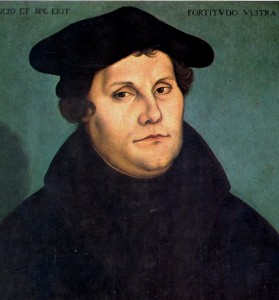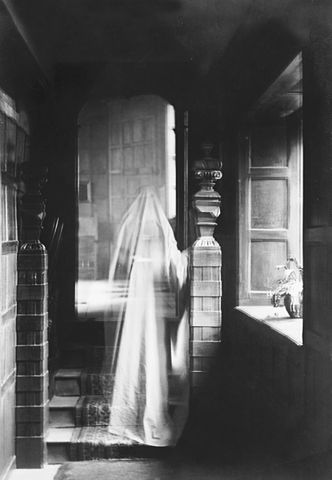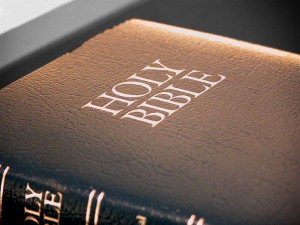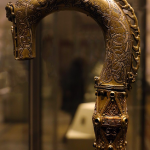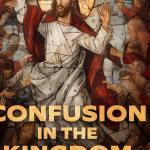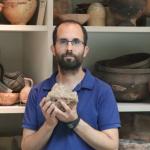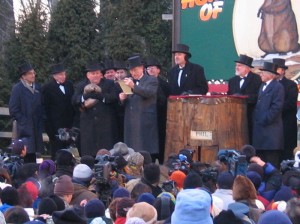
Wherever you live, chances are you’ve seen Punxsutawney Phil on your TV screen today, looking nonplussed and sleepy and fat. Today, February 2, is Groundhog Day, and the oversized rodent woke from his winter nap and popped out of his hole to see his shadow, so–the legend goes–we’ll have six more weeks of winter. It’s a cute little story and it’s fun to play along, even though we’re getting hungry for spring. But how did the custom begin?
Punxsutawney Phil has his origins in the New Testament, where the prophet Simeon saw the “light of the world”, the Christ Child.
For the Catholic Church, today is the Feast of the Presentation of the Lord (also called Candlemas)–the day on which Mary and Joseph presented the Christ Child, now 40 days old, in the Temple as required by Jewish law. From as far back as the 11th century, candles were blessed on this day, and the faithful joined in a procession in the darkened church. During the procession, the faithful would sing the Canticle of Simeon (Luke 2:29-32). Then the candles would be lit–symbolizing the light of Christ in the world.
Who was Simeon?
![By Andrey Mironov (Own work) [CC BY-SA 4.0 (http://creativecommons.org/licenses/by-sa/4.0)], via Wikimedia Commons](https://wp-media.patheos.com/blogs/sites/148/2015/02/Simeon-233x300.jpg)
As they arrived at the Temple, Mary and Joseph met a “just and devout” old man by the name of Simeon. According to the Gospel account, Simeon had been visited by the Holy Spirit, who told him that he would not die until he had seen the Messiah. As he took the infant Jesus into his arms, he realized that this was the child for whom he had waited, and he proclaimed:
Now thou dost dismiss thy servant, O Lord, according to thy word in peace; because my eyes have seen thy salvation, which thou hast prepared before the face of all peoples: a light to the revelation of the Gentiles, and the glory of thy people Israel.
So What Is the Common Thread?
In Europe, people from different nations developed different traditions related to the Feast of the Presentation. Many of these local traditions included the animals–badgers, bears or hedgehogs–which would, in early February, begin to rouse themselves from their winter sleep. In Germany, the tradition developed to look to hedgehogs, which were common in that country.
When the German settlers arrived in America and settled in Pennsylvania, however, there were no native hedgehogs. Instead, the settlers found the common groundhog; and a tradition grew up using the groundhog as a symbol of the light.
If the groundhog (Punxsutawney Phil) sees his shadow, that light is reminiscent of the Light of the World, the Christ Child, in the arms of Simeon.






